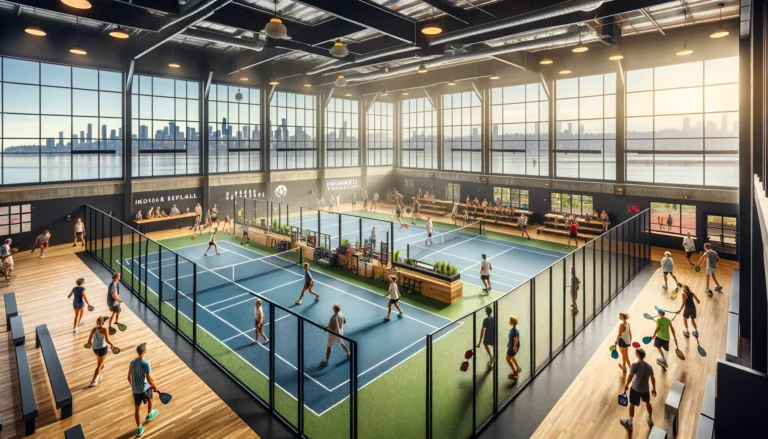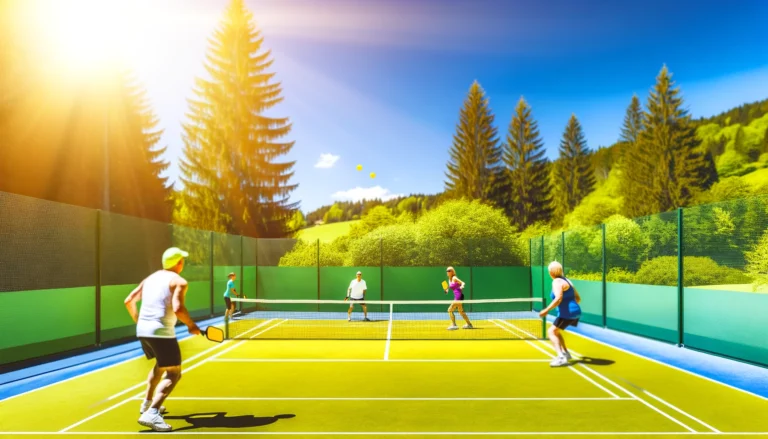The Dynamic Rise of Pickleball: Pickleball Facts , Growth, and Community Impact
Pickleball Facts
Pickleball, a hybrid sport combining elements of tennis, badminton, and table tennis, has emerged as a social and sporting phenomenon since its creation in 1965. Its inception on Bainbridge Island was modest, envisioned as a family pastime, but it quickly transcended its casual beginnings to captivate millions.
Historical Milestones
From crafting the first paddles from plywood to the establishment of the USA Pickleball Association in 1984, pickleball has seen structured growth. The sport’s official rulebook, first published in the 1970s, marked a pivotal moment, setting the stage for its expansion into schools, community centers, and retirement communities.
Demographic Trends
Pickleball’s appeal cuts across all ages, making it one of the fastest-growing sports in the U.S. According to recent surveys, over 4.8 million Americans engage in pickleball, reflecting a 39.3% increase over the past two years. This surge is mirrored globally, with countries from Canada to the Netherlands hosting tournaments and leagues.
Equipment Evolution
The evolution of equipment from makeshift wooden paddles to sophisticated composite designs mirrors the sport’s technological progression. Today, players choose from a variety of paddle materials that influence play style, from graphite for quicker play to composite for better control.
Profiles of Prominent Players
Champions like Jennifer Lucore and Tyson McGuffin have become faces of the sport, using their platform to promote pickleball through workshops and clinics. Their stories inspire a new generation of players and underscore the competitive potential of pickleball.
Global Expansion
Beyond North America, pickleball is gaining popularity in Europe, Asia, and Latin America, adapting to different cultural settings while preserving its core attributes of inclusivity and fun. International competitions have helped pickleball evolve into a global community, bridging diverse cultures through sport.
Community Impact
Pickleball’s low barrier to entry makes it an ideal conduit for social interaction and physical activity. Communities have embraced the sport as a tool for enhancing public health and social cohesion, organizing local tournaments that foster community spirit and active living.
Future Outlook
With ongoing advancements in equipment and an increasing presence in physical education programs, pickleball’s future is bright. Emerging professional circuits and more televised events are likely to elevate the sport’s profile further, attracting more sponsors and participants.
Conclusion
Pickleball’s remarkable ascent from a backyard invention to a mainstream sport is a testament to its universal appeal and the passion of its community. As it continues to grow, pickleball is not just playing a game but also forging communities and connecting generations.







